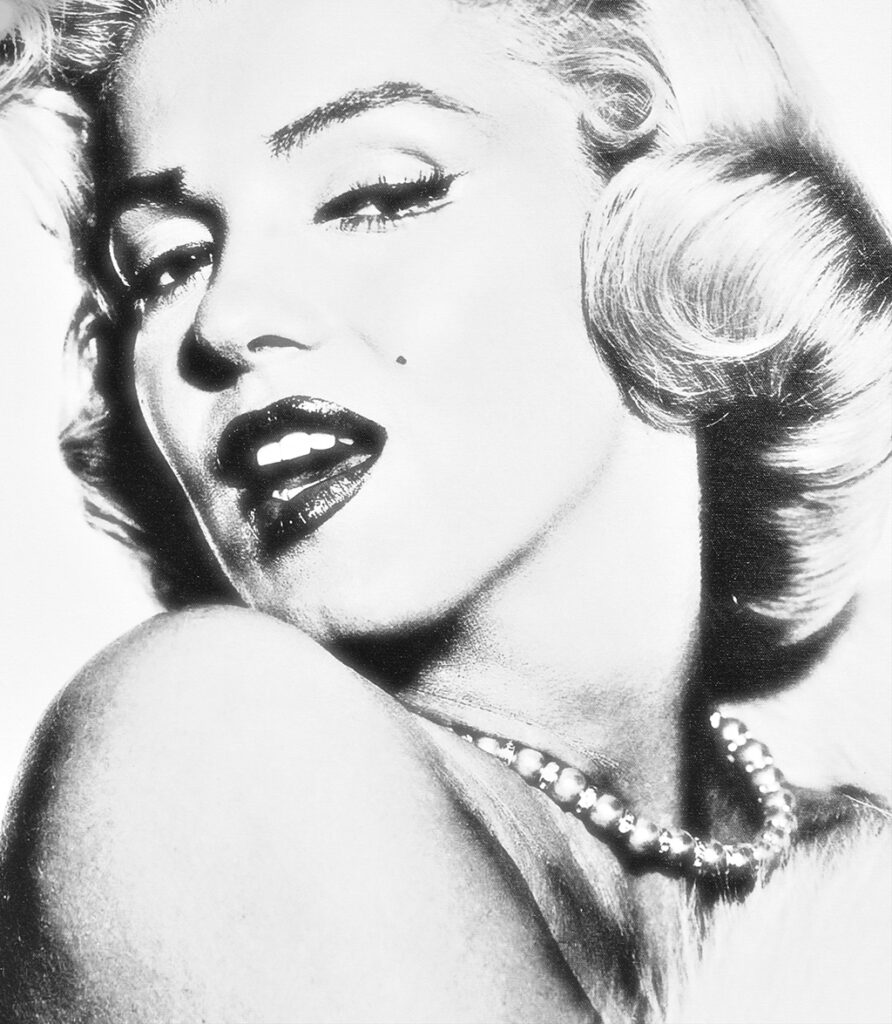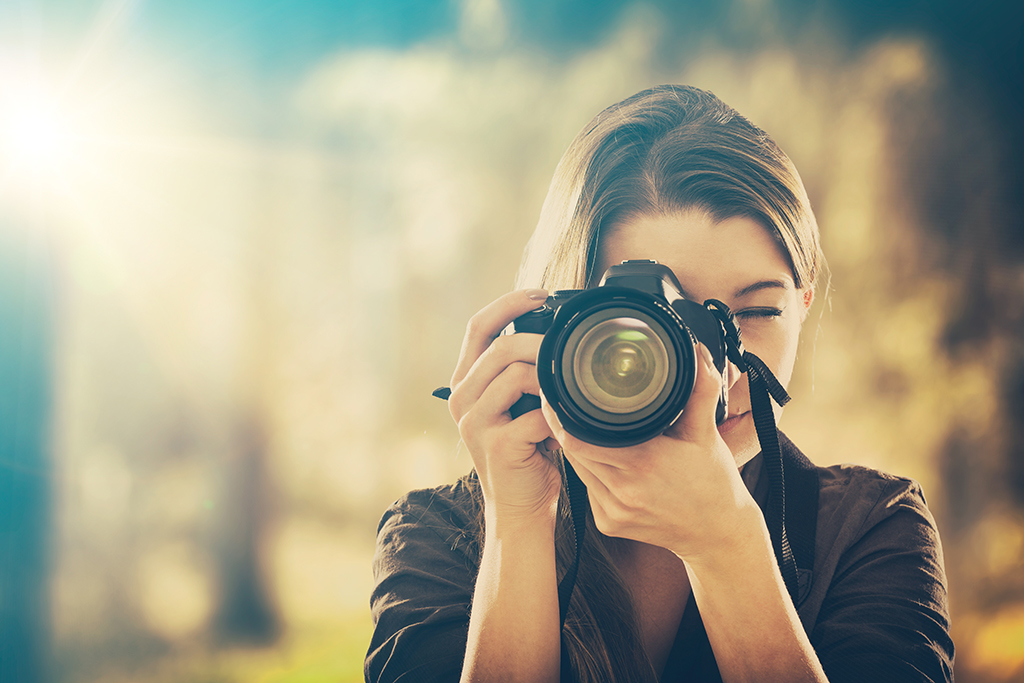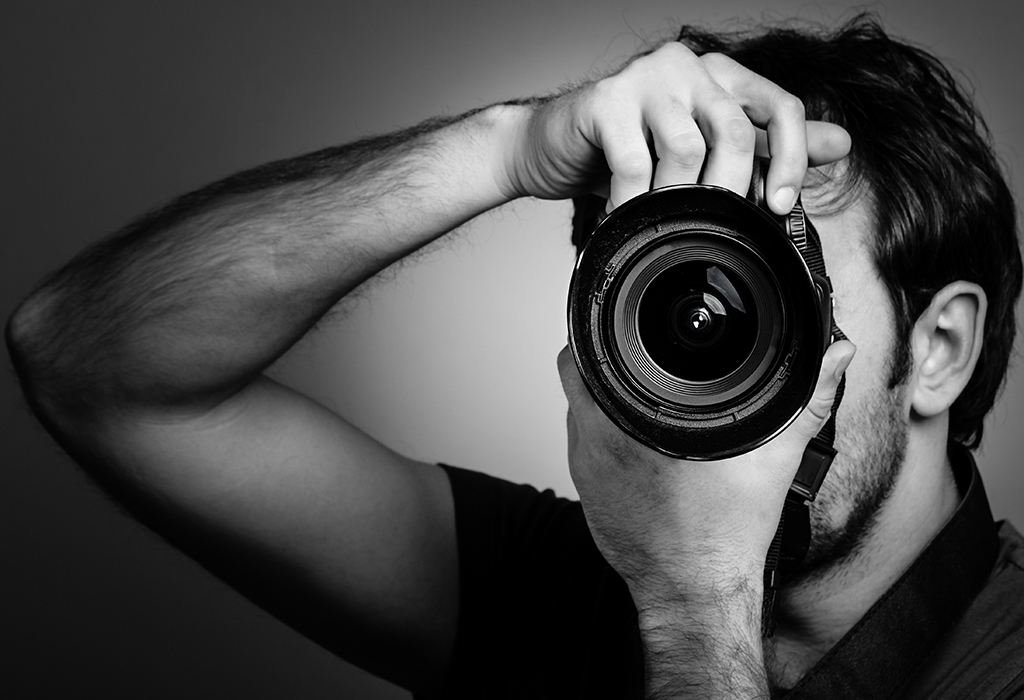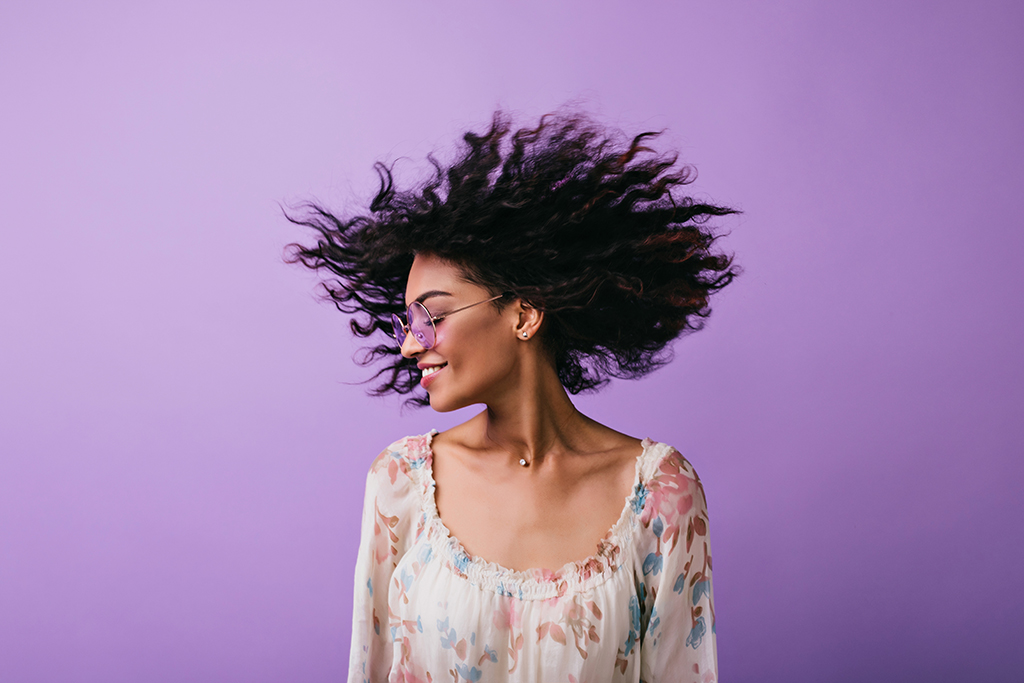
Portraits have been around for thousands of years; some of the earliest examples include reconstructed skulls that were found in the Middle East dating back to between 9000 and 6000BC, and long before we became obsessed with selfies, royalty and members of the aristocracy would sit for hours having their portrait painted.
Fortunately, portraits are a lot more accessible these days and portrait photography can capture someone’s face and character with a lot less fuss. This doesn’t mean it’s a case of point and shoot though; you need to be able to capture someone’s essence and personality using techniques that incorporate lighting, composition and posing.
We thought we’d take a look at the different types of portrait photography along with some of the techniques you could try to bring out the best in your subject.
WHAT IS PORTRAIT PHOTOGRAPHY?
Portrait photography aims to capture ‘the personality of a person or group of people by using effective lighting, backdrops and poses.’ They’re used for a variety of reasons, from marking a special occasion, to being used on a commercial website. There are lots of different styles, depending on their use; you might want something traditional and formal if it’s going to be used professionally, or something more laid back and casual.

TYPES OF PORTRAIT PHOTOGRAPHY
- Traditional – This is probably what you picture in your head when you hear the term ‘portrait photography’; a formal photo with the subject looking straight at the camera, in a studio. Lighting and posing are used to great effect in these portraits.
- Group Portraits – Portraits are traditionally thought of as being of a single person, but group portraits are common, particularly with couples and families. Here the focus is on capturing the relationship between the subjects, and the shared dynamics, rather than just the individuals.
- Lifestyle Portraits – These are more casual, often with the subject in a more relaxed setting, away from a studio and backdrop. They’re not as staged so are thought of as more candid and authentic, with the focus on the subject’s personality.
- Environmental Portraits – These are similar to lifestyle portraits in that they focus on capturing the subject’s personality, but they tend to use the environment to reflect that too. For example, in the famous Annie Leibovitz portrait of Queen Elizabeth II at Buckingham Palace, the Queen is still the focal point but she is offset, so the background plays a major role too.
- Glamour Portraits – These kinds of portraits emphasise the beauty of the subject so make up, lighting and accessories all play a part. It’s similar to fashion photography in this sense but with the focus still on the subject, rather than the clothing/accessories.
- Conceptual Portraits – These portraits tend to be more creative, and even abstract, with the attention being on a concept, or idea, rather than the actual person in the shot. They often include props and post-processing editing plays a huge part in the final image.

TIPS FOR PORTRAIT PHOTOGRAPHY
- Subject – This is the most important aspect of portrait photography, so it’s important that there is a connection between the subject and the photographer, and both feel comfortable. It’s worth discussing the shoot to understand what you both want from it with regards to style etc. Portrait photography is all about the emotions and expressions, so the more natural the better, and the more relaxed and ‘in the zone’ the subject is, the happier you’ll be with the end result. Ideally you want your subject to forget the camera is there.
- Location – If you’re shooting in a studio setting then you’ll have full control over the lighting, backdrops etc, but away from the studio there will be more things that influence the shoot that you’ll need to consider. Natural light gives great results but can be inconsistent and dependent on things such as the weather and the time of day.
- The Pose – The right pose is really important; it needs to compliment the subject while also making the most of the lighting, angle, props etc. People often don’t feel comfortable posing – it can feel forced and unnatural – this is where a candid shot can give better results. Taking one posed shot often isn’t very relaxed, so taking a few while the subject is chatting and starting to relax can often get better results. It might also be worth using a longer zoom lens; it won’t feel so intrusive and the subject will feel that they have a bit more space.
- Know your camera – While there’s no such thing as the perfect camera for portrait photography, a decent camera can give you more control over the final shot. Experiment with your settings so you can understand your camera and know how to use it for the best results. For example, you might want to think about which lens to use; a wide-angle lens could be better if you’re including scenery in your shot, while a smaller lens will help keep the photo tight. Read our guide to finding the best camera for a beginner.
- Lighting – Unless you’re shooting outside with the sun as your light source, you’ll need to know how to use the light you have to your advantage. You might want to consider buying a flashgun, or a reflector, as they can be used to balance out exposure and natural lighting, as well as improve the lighting in low light. Read our blog for more tips on low light photography.
- Try something different – You could add a new perspective to a classical portrait photo by mixing things up a bit. For example, most portraits are shot with the camera at eye level, but you could change the angle and shoot from either higher up or lower down. You could also use different props and textures or use different poses and composition; the subject doesn’t always have to be dead centre or looking straight at the camera.

Portraits can be very effective and powerful, and luckily these days you don’t have to be royalty to have yours done, and you don’t have to spend months, maybe years, painting one; there are varying claims about how long it took Da Vinci to paint the Mona Lisa – the most popular estimate is 16 years, with one source claiming it took 12 years just to paint the mouth.
There’s no perfect way to capture a portrait and, as with many types of photography, the best way to improve is to practice; you can tell a lot from a person’s face, the key is knowing how to bring that out.
Whatever kind of photographer you are, you’ll know how important, and expensive, your equipment can be. Camera insurance can give you the peace of mind that if the unexpected were to happen, you have the right protection in place. Read 5 reasons why camera insurance is the right decision for more info and give us a call to find out how you can tweak your policy to fit around your photography, whether it’s a hobby or a profession, that’s enough to make even the Mona Lisa smile.
All content provided on this blog is for informational purposes only. We make no representations as to the accuracy or completeness of any information on this site or found by following any link on this site. We will not be liable for any errors or omissions in this information nor for the availability of this information. We will not be liable for any loss, injury, or damage arising from the display or use of this information. This policy is subject to change at any time.
We offer a variety of cover levels, so please check the policy cover suits your needs before purchasing. For your protection, please ensure you read the Insurance Product Information Document (IPID) and policy wording, for information on policy exclusions and limitations.


